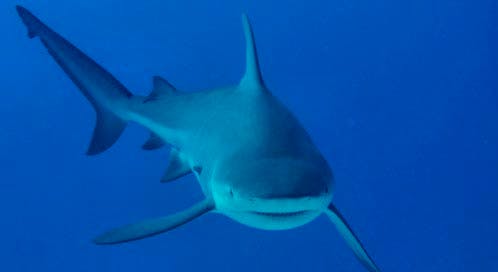To better understand wildlife trafficking from Latin America (Mexico, the Caribbean, Central America and South America) to the United States, Defenders of Wildlife reviewed 10 years of data on seizures of wildlife and wildlife parts and products from the Law Enforcement Management Information System (LEMIS) Trade Database managed by the U.S. Fish and Wildlife Service (FWS). In the 10-year period reviewed (April 2007 through May 2017), FWS seized a total of 10,082 wildlife shipments, and 2011 was the year with the most seizures (1,380). Th e seized shipments included10,966 live animals and over 70,000 pounds of wildlife products. Most of this trade (87 percent) was sourced from wild populations and declared imported for personal use. Th e top U.S. ports for wildlife seizures were El Paso, Texas, and Miami, Florida, accounting for 56 percent of all shipments seized.Mexico was the top exporter with a total of 5,776 seized shipments—57 percent of all exports—originating there. Th is illegal trade is yet another threat to the wildlife of Latin America, the most biologically diverse region in the world. The neotropical index, a measure of the state of the region’s biodiversity, shows a dramatic 83 percent decline in wildlife populations since 1970.

